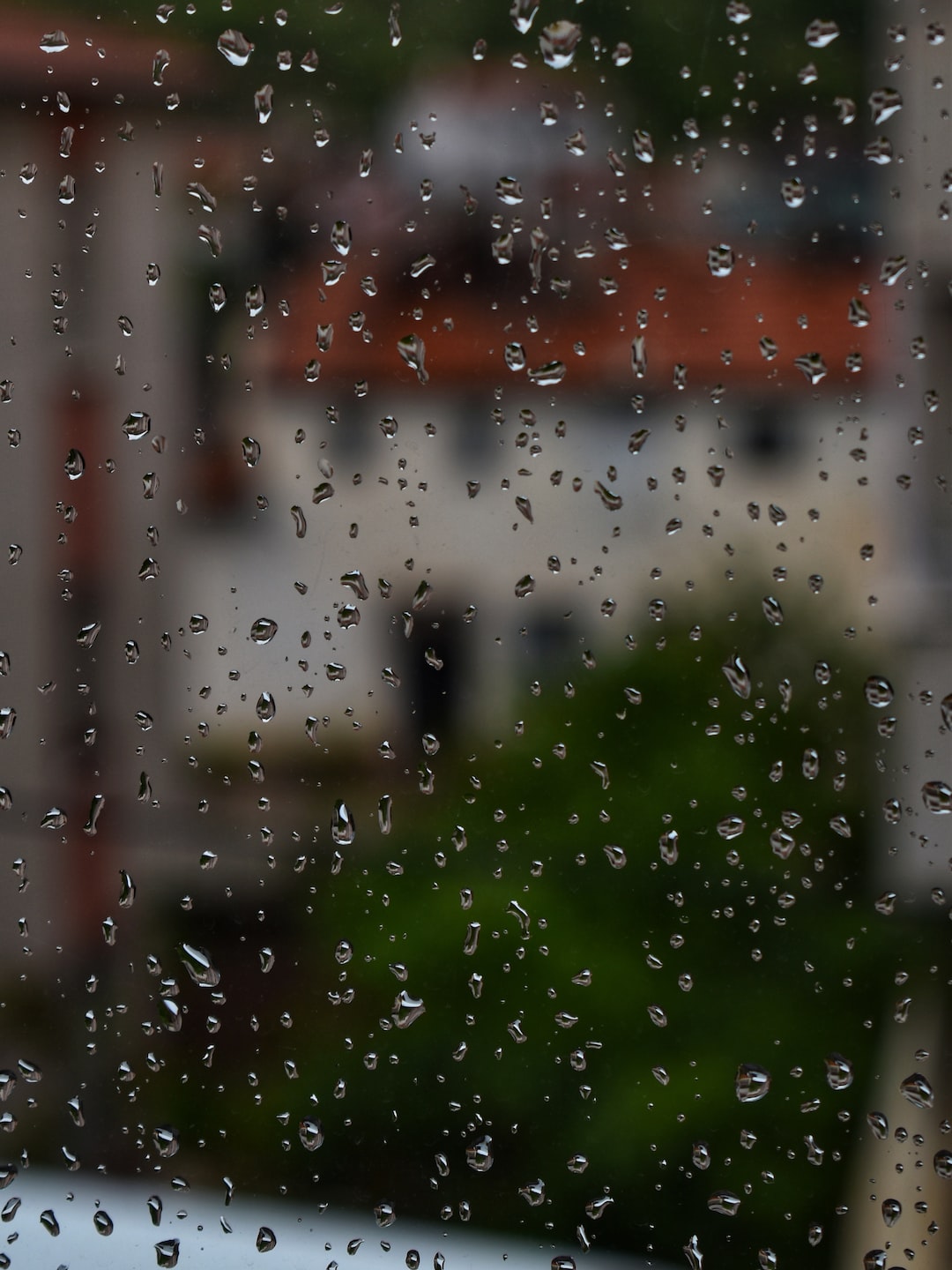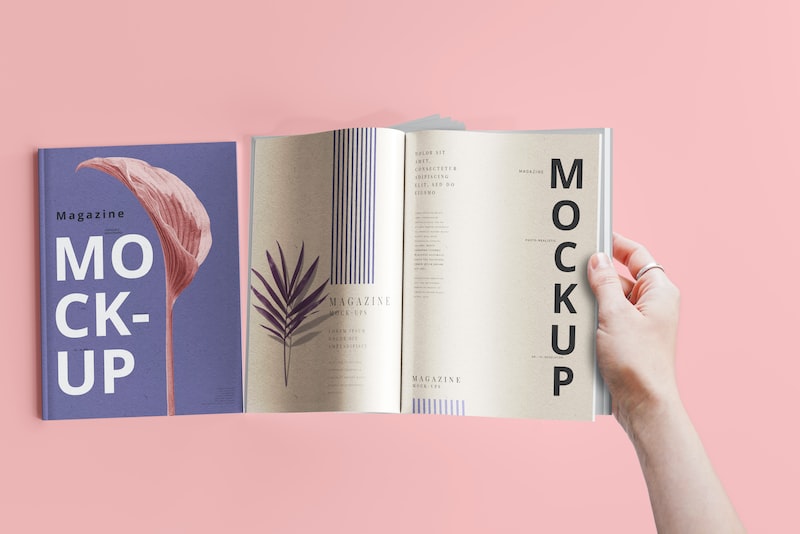
Watercolor painting is a beautiful and versatile medium that has captivated artists for centuries. Whether you are a beginner or an experienced painter, one question that may arise is whether you should always wet your paper before starting a watercolor painting. In this article, we will explore the benefits and drawbacks of wetting paper before watercolor and provide some insights to help you make an informed decision.
Benefits of wetting paper before watercolor
There are several advantages to wetting your paper before applying watercolor:
1. Improved color blending
Wetting the paper creates a moist surface that allows the colors to blend more easily. This technique is particularly useful when working with transparent watercolors, as it helps to achieve smooth transitions between different hues.
2. Reduced color bleeding
When watercolor paint is applied to dry paper, it tends to bleed and spread uncontrollably. Wetting the paper beforehand helps to minimize this effect, allowing for sharper and more controlled brushstrokes.
3. Enhanced lifting capabilities
If you make a mistake or want to lighten an area in your watercolor painting, wetting the paper makes it easier to lift or remove the paint. The moisture loosens the pigment, enabling you to lift it off the surface with a brush or paper towel.
Drawbacks of wetting paper before watercolor
While wetting paper can offer benefits, there are also some drawbacks to consider:
1. Longer drying time
Wetting the paper adds moisture to the surface, which means it will take longer for your painting to dry. If you are working on a tight deadline or prefer quick-drying techniques, wetting the paper may not be the best approach.
2. Risk of paper warping
Introducing moisture to the paper can cause it to warp or buckle, especially if you are using thin or lower-quality watercolor paper. This can make it difficult to achieve an even application of paint and may require additional steps to flatten the paper.
3. Limited control over paint placement
When the paper is wet, the paint tends to spread more readily. This can make it challenging to create precise details or control the flow of the colors. If you prefer a more controlled painting technique, wetting the paper may not be the best choice for you.
Wetting paper before watercolor can offer advantages such as improved color blending, reduced color bleeding, and enhanced lifting capabilities. However, it also has drawbacks, including longer drying time, the risk of paper warping, and limited control over paint placement. Ultimately, whether or not you choose to wet your paper before watercolor will depend on your personal preference, painting style, and the desired effects you wish to achieve. Experimentation and practice are key to finding the technique that works best for you.


